[最も欲しかった] pacific coast tick 302659-Pacific coast tick disease
Pacific Coast ticks can be found predominantly in shrublands, chaparral, and along trails from Oregon to northern Baja California and Mexico Visit Tick Encounter for more information Pathogens & Diseases Pacific coast ticks can carry and spread pathogens that are responsible for diseases in both humans and animals The Pacific Coast tick's range includes most of California, southern Oregon, and northern Baja California, Mexico Symptoms Fever, headache, eschar (s) Eschar is dead tissue that falls off (sheds) from healthy skin Click here for journal article on Pacific Coast Tick FeverPacific Coast ticks and American dog ticks are also rampant on the California coast, and known to carry spotted fever pathogens and occasionally transmit tularemia, a rare infectious disease that
Bsa Camp Rancho Los Mochos Pacific Coast Tick Dermacentor Occidentalis
Pacific coast tick disease
Pacific coast tick disease-), the Pacific Coast tick (Dermacentor occidentalis), and the brown dog tick (Rhipicephalus sanguineus) may transmit the bacteria to people and dogs when they bite A tick must be attached to the skin for at least 4 to 6hours before it can infect a person A person also can become infected if parts of a crushed tick or fecesDermacentor is a genus of ticks in the family Ixodidae, the hard ticksThe genus has a cosmopolitan distribution, with native species on all continents except AustraliaMost occur in the Nearctic realm Hosts of Dermacentor ticks include many large and small mammals, including horses, deer, cattle, lagomorphs, peccaries, porcupines, tapirs, desert bighorn sheep, and humans
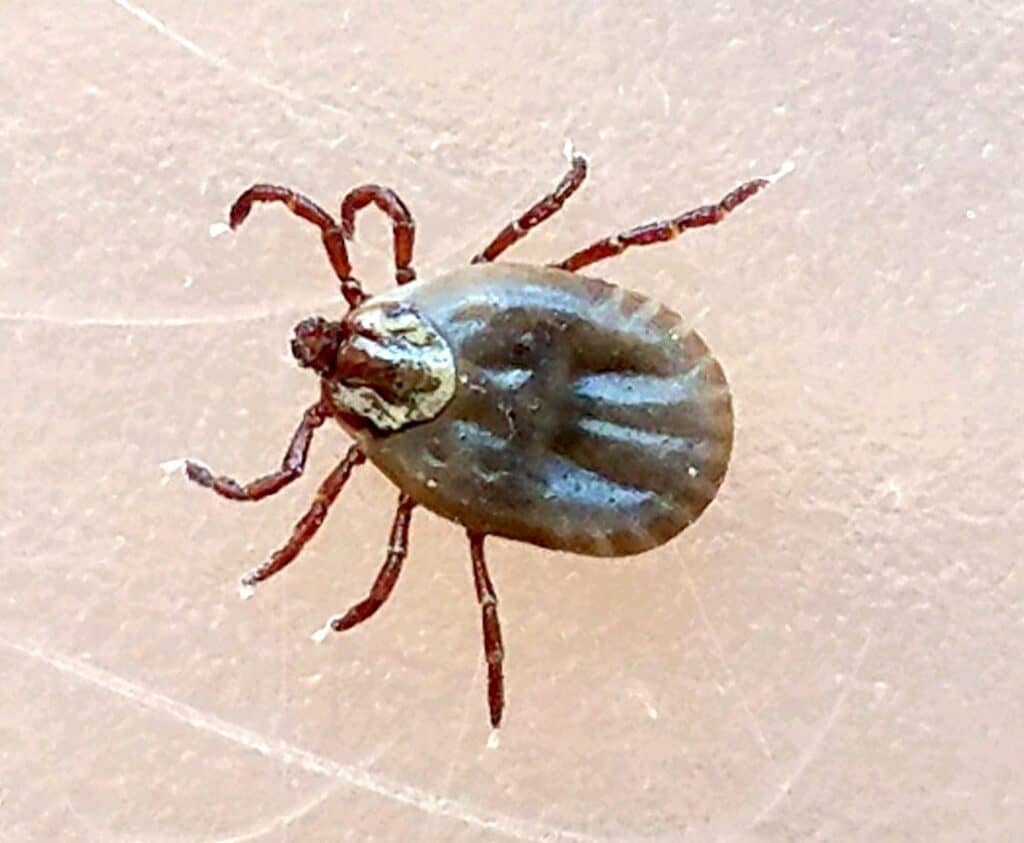



American Dog Tick Dermacentor Variabilis Ticksafety Com
Differential diagnosis Rickettsia parkeri rickettsiosis, Rocky Mountain spotted fever, rickettsialpox Pacific Coast tick fever is an infection caused by Rickettsia philipii The disease is spread by the Pacific coast ticks Symptoms may include an escharPacific Coast tick fever is an infection caused by Rickettsia philipii The disease is spread by the Pacific coast ticks Symptoms may include an eschar It is within a group known as spotted fever rickettsiosis together with Rickettsia parkeri rickettsiosis, Rocky Mountain spotted fever, and ricket About species of hard ticks are found in Oregon, but only four are known to prey on humans western blacklegged tick, Rocky Mountain wood tick, American dog tick and Pacific Coast tick The western blacklegged tick is the only known carrier of Lyme disease in Oregon
The lone star tick (Amblyomma americanum), the Gulf Coast tick (Amblyomma maculatum), and the Pacific Coast tick (Dermacentor occidentalis) are the three most common species of tick vectors that Introduction The Pacific Coast tick, Dermacentor occidentalis Marx (henceforth D occidentalis) is the most widely distributed tick in California and is found in chaparral and shrubland areas from northern Baja California to California and Oregon (Furman & Loomis, 1984) D occidentalis is a threehost, hardshell tick that feeds on a variety of vertebrates, such asIt is transmitted to humans through the bite of an infected Pacific Coast tick ( Dermacentor occidentalis) The Pacific Coast tick is found predominantly in shrublands, chaparral, and along trails from Oregon to northern Baja California and Mexico A variety of small mammals are suspect as hosts for this bacteria
The Pacific coast tick has been found naturally infected with Colorado tick fever virus, and the causal agents of Q fever and tularemia Although both ticks are considered to be medically important species in most parts of their range, their involvement in disease transmission cycles within Los Angeles County isAbout species of hard ticks are found in Oregon, but only four are known to prey on humans western blacklegged tick, Rocky Mountain wood tick, American dog tick and Pacific Coast tick The western blacklegged tick is the only known carrier of Lyme disease in OregonThe Pacific coast tick, Dermacentor occidentalis Marx, is found throughout California and can harbor agents that cause human diseases such as anaplasmosis, ehrlichiosis, tularemia, Rocky Mountain spotted fever and rickettsiosis 364D
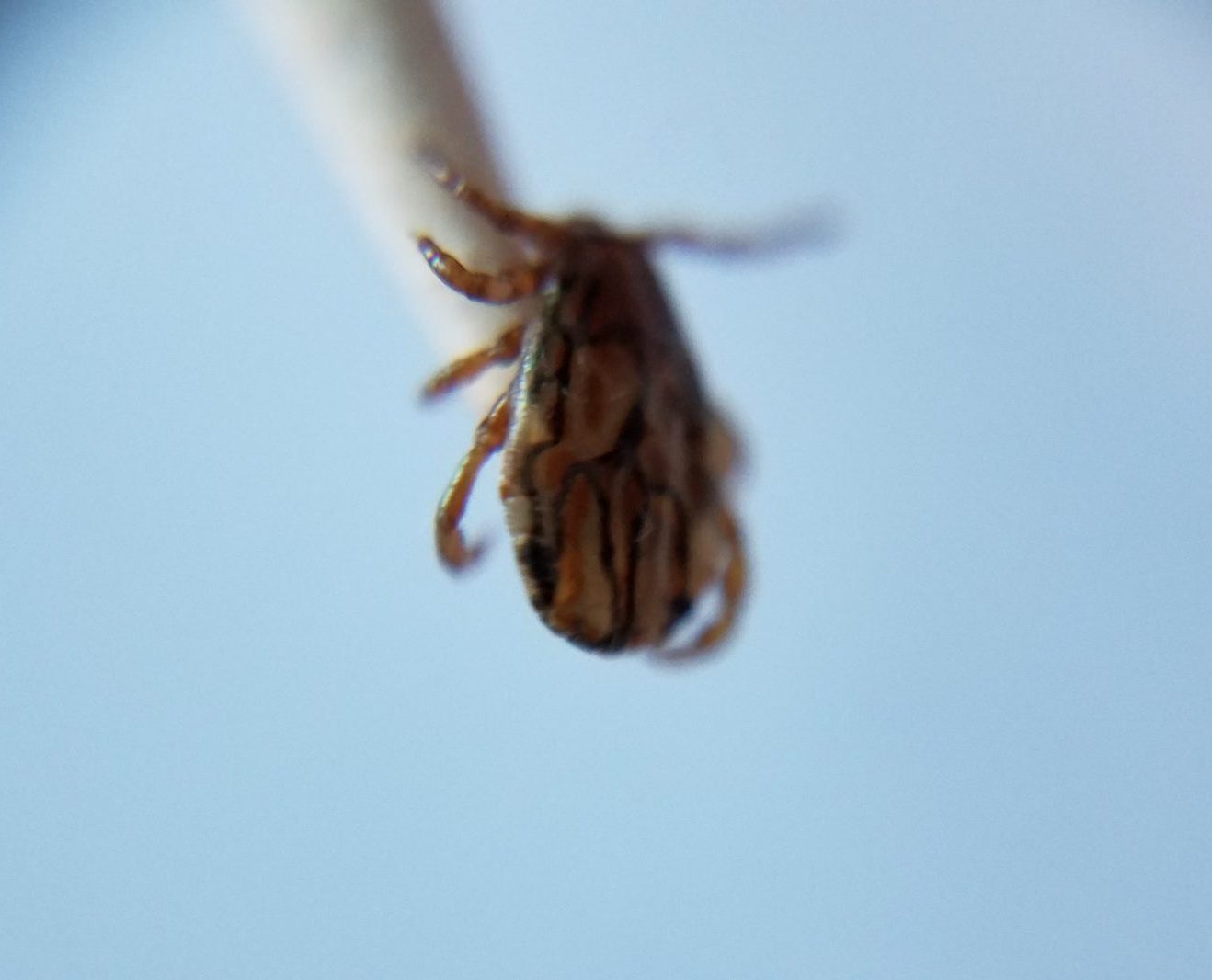



Colorado Tick Borne Disease Awareness Association Cotbdaa Education Prevention Research And Advocacy Tick Testing Identification
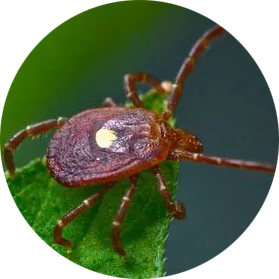



Types Of Ticks With Pictures Of Ticks Lymedisease Org
The Gulf Coast tick can transmit Rickettsia parkeri rickettsiosis, a less severe form of Rocky Mountain spotted fever These Pacific coast ticks are more into feeding onTick The cover or shell of a comforter, pillow or featherbed Ours are made of the highest quality cotton, tightly woven to prevent any down and feathers from escaping Pacific Coast ® ticks are only made from 100% cotton with a thread count of 230 or higher Secondary Navigation5 tick (Amblyomma maculatum), and its geographic distribution extends from the Southern and MidAtlantic regions Human infection with R philipii (364D) was first documented in 10 Rickettsia philipii (364D) is transmitted by the Pacific Coast tick (Dermacentor occidentalis), which is present in California and Oregon Of the few (




Nature Picture Library Adult Male Of The Pacific Coast Tick Dermacentor Occidentalis As The Name Implies This Species Is Found Primarily Along The Pacific Coastal Regions Of The United States This Species




Common Ticks Of Oklahoma And Tick Borne Diseases Oklahoma State University
Pacific Coast Tick These ticks are mostly found on the west coast of the United States and Mexico, and are particularly common in Oregon, California, and Baja California These ticks do bite humans and pets, and can transmit diseases In particular, these ticks are known for transmitting Rocky Mountain spotted fever, tularemia, 364DThe Pacific coast tick is a vector of the bacterial causative agents of RMSF and tularemia, as well as the viral agents that cause Colorado tick fever and Pacific coast tick fever 225 Dermacentor variabilis, the American dog tick (Appendix A, Figure A5; Primarily found east of the Rocky Mountains, but also found in limited areas along the Pacific coast, American Dog ticks (Dermacentor variabilis) are found predominantly in areas with little to no tree cover, such as grassy fields and along walkways and trailsThey feed on a variety of hosts, ranging in size from mice to deer, and can survive for up to 2 years at any given stage if no




Pacific Coast Tick The Nature Niche
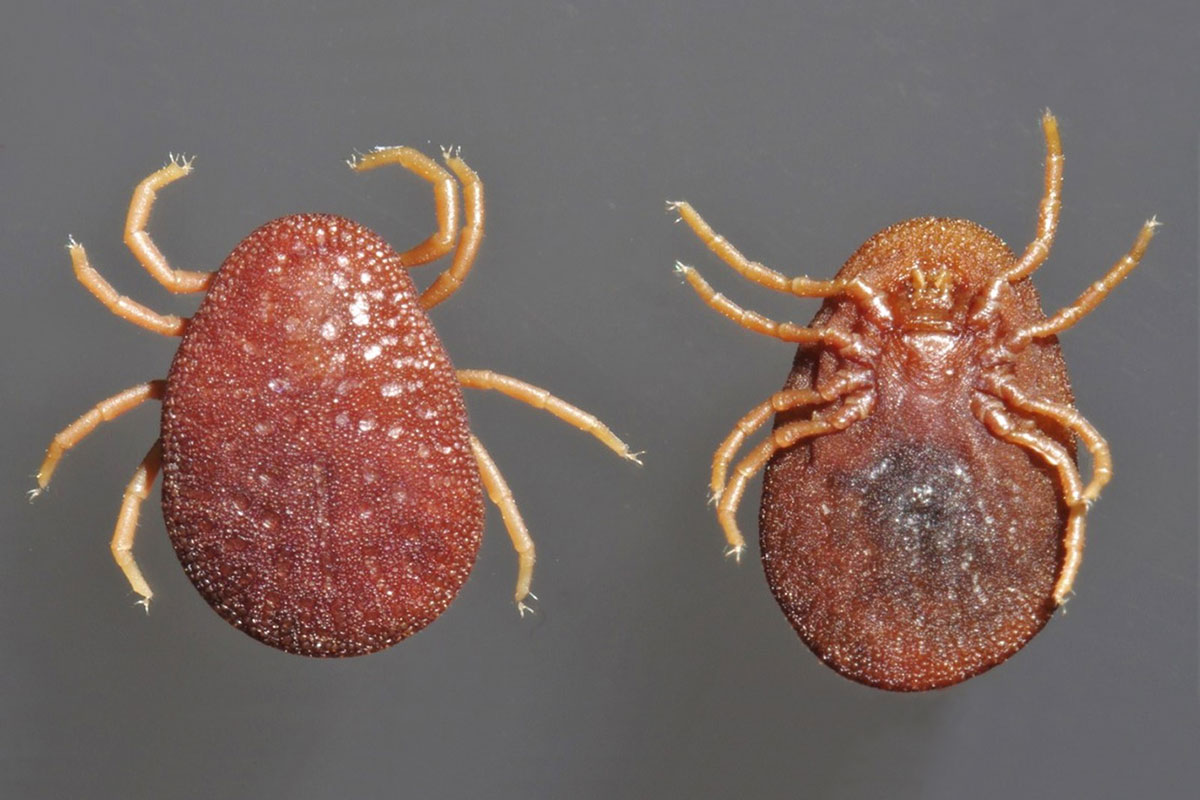



Ticks In California La West Vector
Pacific Coast tick fever is spread by the bite of infected Pacific Coast ticks, Dermacentor occidentalis, which can be found along the western coastline in California, Oregon, and Washington Rickettsialpox is caused by R akari Pacific Coast Tick (Dermacentor occidentalis) Description The Pacific Coast tick is a dark, spotty blackbrown color Location The Pacific Coast tick is found throughout California and the Pacific Coast, stretching from the trails of Oregon to northern Baja California and MexicoThe Pacific Coast Tick is a three host tick which commonly feeds on rodents, especially squirrels, as subadults, and on cattle, horses, deer, and humans as adults This is one of the most widely distributed ticks in California




What Happens To Ticks In The Fall Western Exterminator Blog



3
The Pacific Coast tick (D occidentalis) is naturally infected with the human pathogens Anaplasma phagocytophilum, Borrelia burgdorferi The Pacific Coast tick's body is relatively flat, nonsegmented and pearshaped It is brown with the back mottled with grey, black and brown Many people fear tick bites, with good reason All life stages of the Pacific Coast tick transmit Rocky Mountain spotted fever ( Rikettsia rickettsii) to humans, cats and dogs Pacific Coast Tick Fever (364D) Caused by Rickettsia bacteria, this disease is in the spotted fever group Only 4% of ticks sampled in California carry the disease People who contract the disease often show a dark crusted ulcer called an eschar It looks very much like Anthrax and is sure to grab a doctor's attention




Pacific Coast Tick Dermacentor Occidentalis Ticksafety Com




Pacific Coast Tick Dermacentor Occidentalis Currently Bein Flickr
Deer are the primary hosts for the adults Gulf Coast tick attack a wide range of birds and mammals with adults feeding mostly on ruminants Gulf Coast ticks feed mainly on the head and ears and can cause severe injury to the skin of cattle rendering theAnaplasmosis is caused by the bacterium Anaplama phagocytophilum and is transmitted to humans by tick bites primarily from the blacklegged tick (Ixodes scapularis) and the western blacklegged tick (Ixodes pacificus) along the Pacific coastSymptoms of anaplasmosis include fever, headache, chills, and muscle aches Anaplasmosis became reportable in North Dakota in 11There are many different kinds of ticks in California, but only six kinds are known to commonly bite humans Sometimes these ticks carry germs (like bacteria or viruses) that can spread to a person while the tick is attached and cause disease The best way to avoid getting tickborne diseases is to prevent tick bites use tick repellent when going outside in areas where ticks are common, and



Ticks Pmvcd




Pacific Coast Tick Tickencounter
Pacific Coast tick nymphs are very active during the late winter and spring, searching aggressively for a blood meal Once a host has been procured the tick will feed for 6 days, detach, and then develop into an adult over the next days Adult Pacific Coast ticks are a threat yearround, although most attacks happen during the cooler monthsThese ticks are found along the Pacific Coast as well as in parts of Arizona, Idaho, Nevada and Utah They look virtually identical to the abovementioned Blacklegged tick, and like them, adult females can lay between 2,000 to 3,000 eggs at one time Image Courtesy of CDC Lyme Disease Pictures & Tick Photos The Lyme Disease Association (LDA) offers this page to provide the general public and professionals with an array of tick images, rash images, and disease organisms to help in the determination of what is Lyme disease and what are other tickborne diseases
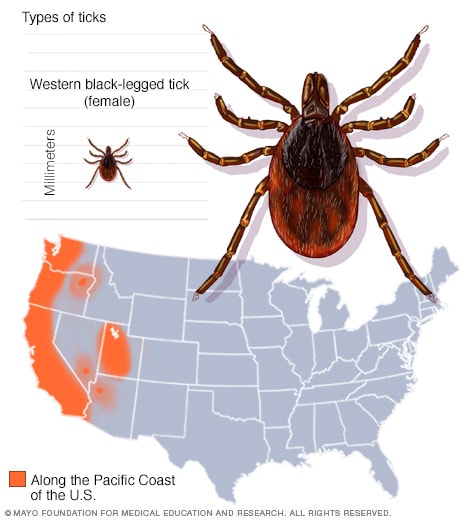



Slide Show Guide To Different Tick Species And The Diseases They Carry Mayo Clinic
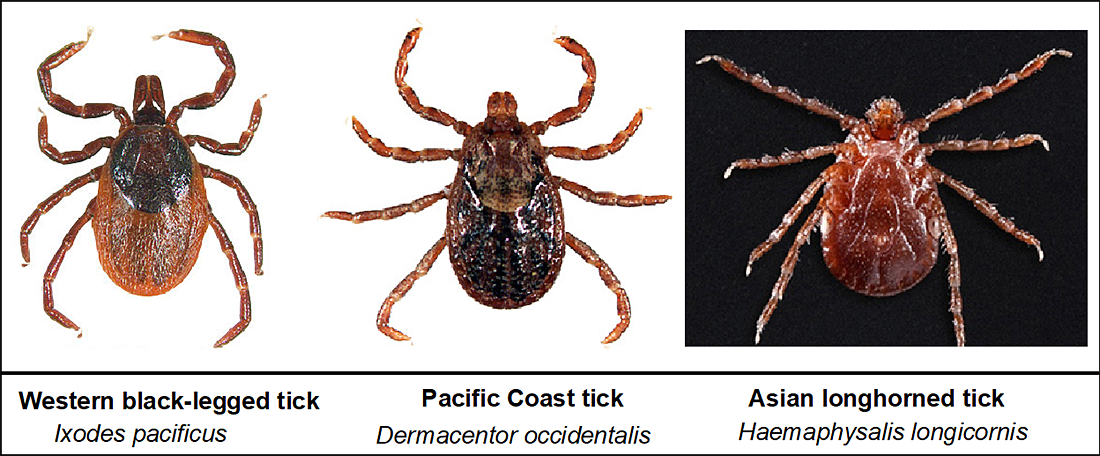



Know Your Tick Jasper Ridge Visitors Contribute To Human Disease Research Jasper Ridge Biological Preserve
The Pacific coast tick is a three host tick which commonly feeds on rodents, especially squirrels, when immature, and on cattle, horses, deer, and humans as adults All life stages are capable of transmitting, Rocky Mountain spotted fever to humans, dogs and cats Nymphs and adults can transmit Rickettsia phillipi and Tularemia to humans, dogsRickettsia philipii (type strain "Rickettsia 364D"), the etiologic agent of Pacific Coast tick fever (PCTF), is transmitted to people by the Pacific Coast tick, Dermacentor occidentalisIn the Pacific Northwest, relatively few tickborne disease cases are reported each year in comparison to other regions of the United States In Washington, the tickborne diseases known to be locally acquired include babesiosis, Lyme disease, Rocky Mountain spotted fever, tickborne relapsing fever, tick paralysis, and tularemia




Health Epidemiology Resource Center Dermacentor Variabilis




Ticks And Tick Borne Diseases North Central Ipm Center
Pacific Coast tick female, western blacklegged tick male Two femalewestern blacklegged ticks questing The brown dog tick occurs in urban environments, often associated with pets Ticks feed on dog, drop off in environment to molt to next life stage, then attach again to dog to feed Author Summary Rickettsia philipii, a spotted fever group rickettsia, is the etiologic agent of Pacific Coast tick fever, an emerging tickborne disease transmitted by the Pacific Coast tick (Dermacentor occidentalis) The Pacific Coast tick's range, and thus potential for exposure to R philipii, includes most of California, southern Oregon, and northern Baja California, MexicoThe two most common ticks found outdoors in west Los Angeles County are the Western BlackLegged Tick (Ixodes pacificus) and the Pacific Coast Tick (Dermacentor occidentalis) The Western BlackLegged Tick is the vector of Lyme Disease in the western United States, while the Pacific Coast Tick carries Tularemia and is a suspected carrier of



Male Pacific Coast Tick Foothill Sierra Pest Control




Transmitted Tick Diseases Canadian Off The Grid
Rickettsia philipii (type strain "Rickettsia 364D"), the etiologic agent of Pacific Coast tick fever (PCTF), is transmitted to people by the Pacific Coast tick, Dermacentor occidentalis Following the first confirmed human case of PCTF in 08, 13 additional human cases have been reported in California, more than half of which were pediatric casesGulf Coast ticks are considered threehost ticks because each active life stage feeds on a different host In general, Gulf Coast tick larvae and nymphs feed on small animals, such as birds, rodents and rabbits, while adults feed on larger animals including dogs, coyotes, skunks, panthers, and bears (Teel et al 10) Pacific Coast Tick Formally known as Dermacentor occidentalis, the Pacific Coast tick is mottled brown in color It is the most common tick in California but can be found throughout the West Coast Its claim to fame is a nasty bite wound that can be mistaken for a spider bite Rocky Mountain spotted fever is one of the diseases this type of




American Dog Tick The Tickapp For Texas And The Southern Region




Top Bottom View Male Pacific Coast Stock Photo Edit Now




Western Blacklegged Tick National Environmental Health Association Neha




Pacific Coast Tick This Is Not The Tick That Causes Lyme D Flickr




Reality Check Is This A Female Pacific Coast Tick Yes Dermacentor Occidentalis Bugguide Net




Pacific Coast Tick Dermacentor Occidentalis Marx
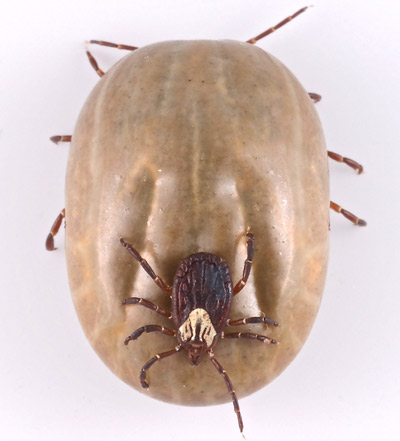



Gulf Coast Tick Amblyomma Maculatum Koch
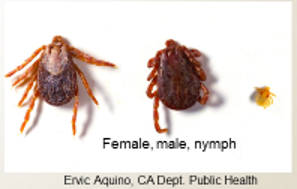



Rickettsia 364d Lyme Disease Association




Pacific Coast Tick Dermacentor Occidentalis Ticksafety Com



Pacific Coast Tick Dermacentor Occidentalis




Pacific Coast Tick Tickencounter




Pacific Coast Tick Tickencounter




Ticks By Species Tickencounter
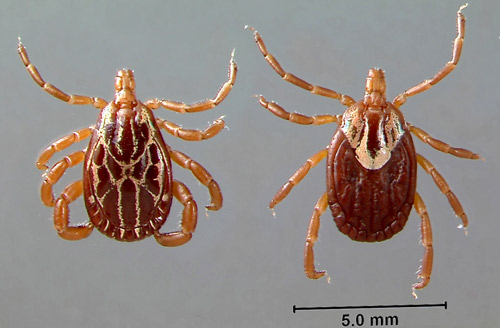



Gulf Coast Tick Amblyomma Maculatum Koch
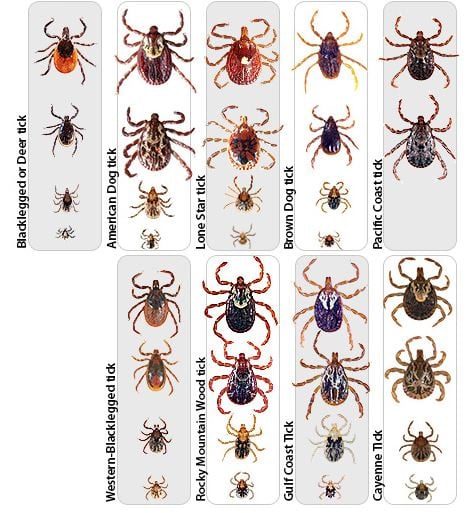



Is It Necessary To Treat My Lawn For Ticks



Dermacentor Occidentalis The Pacific Coast Tick
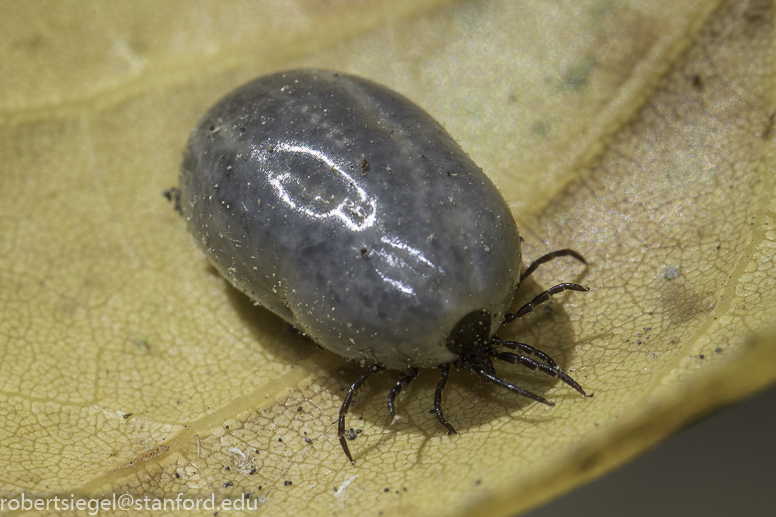



Ticks
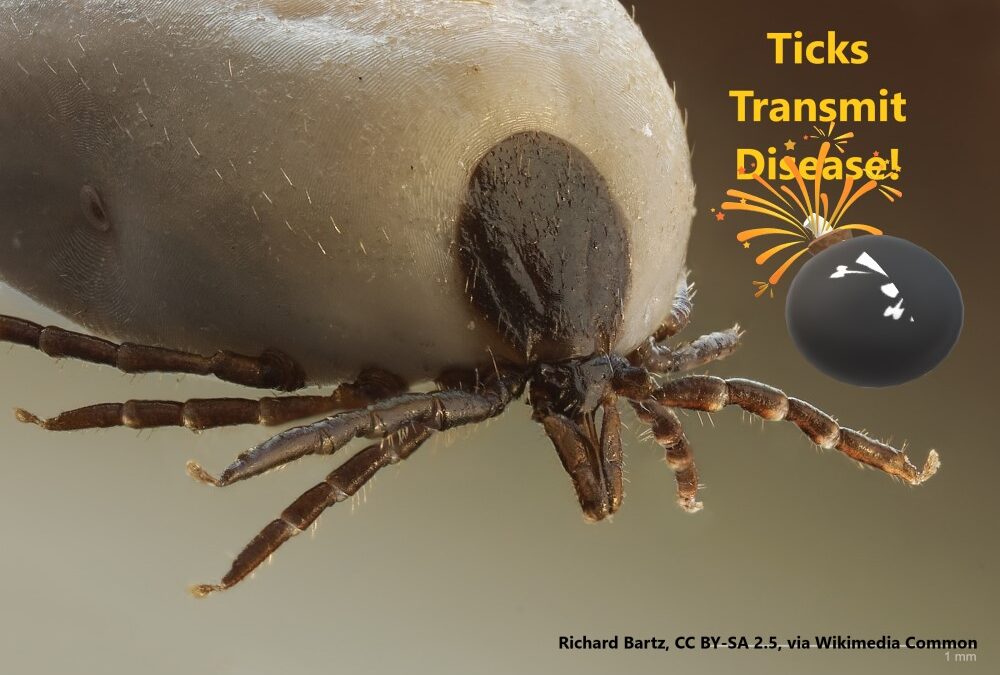



Pacific Coast Tick Archives Corky S Pest Control Services Termite Services In San Diego Los Angeles Pest Control Riverside Pest Control




Don T Get Ticked A Guide To Puny Parasites




American Dog Tick Dermacentor Variabilis Ticksafety Com




Reported Uptick In Ticks Causes Concern Monterey Herald
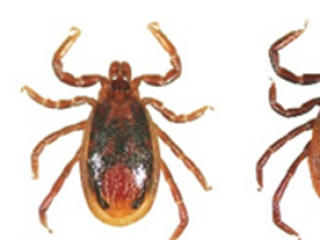



Common Ticks In Alameda County Vector Control Services




Dermacentor Wikipedia



Pacific Coast Tick Male Project Noah



Plos Neglected Tropical Diseases The Eco Epidemiology Of Pacific Coast Tick Fever In California
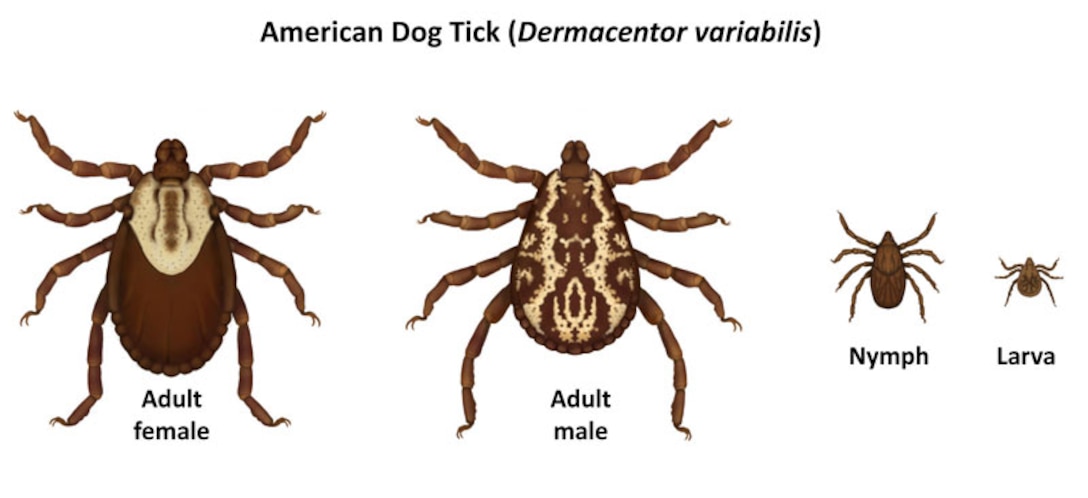



American Dog Tick
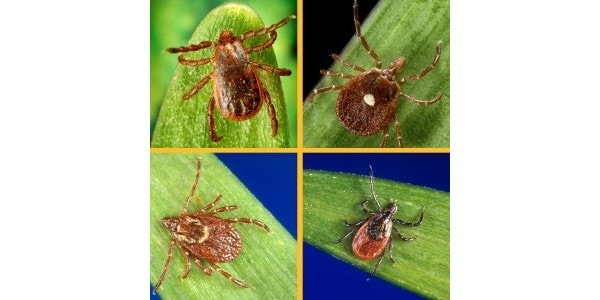



Diseases Transmitted By Ticks Ticks Cdc




Ticks Don T Take A Winter Vacation The Dca Page



Engorged



2




Pacific Coast Tick Dermacentor Occidentalis Bugguide Net
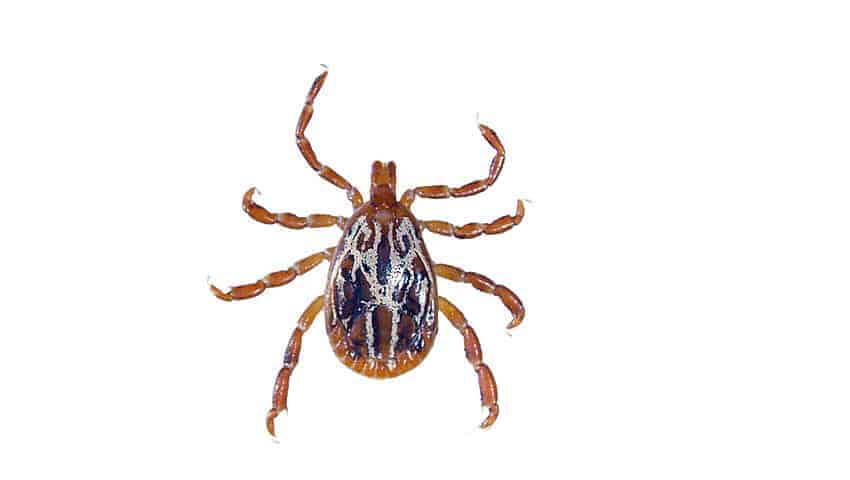



A Closer Look At The Different Types Of Ticks Igenex Tick Talk




Pacific Coast Tick Roy 39 S Redwoods Species Guide Inaturalist
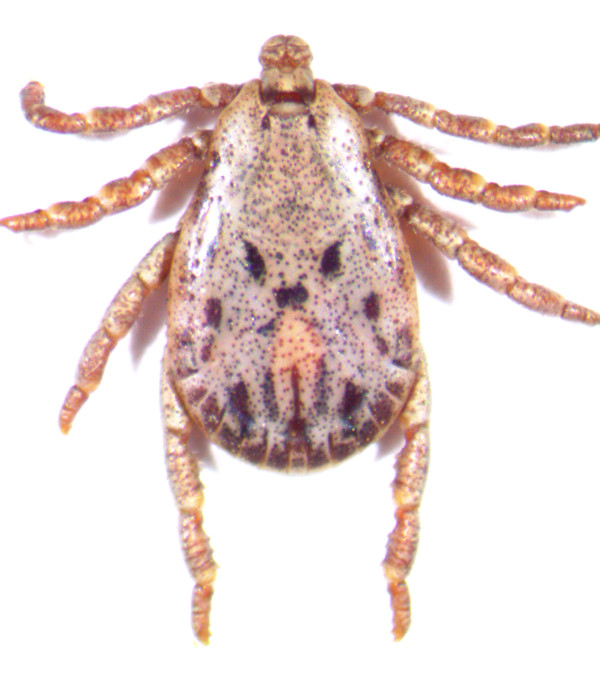



Monrovia Canyon Ticks Oak Crest




Calphotos Dermacentor Occidentalis Pacific Coast Tick



Pacific Coast Tick Gottlieb Native Garden
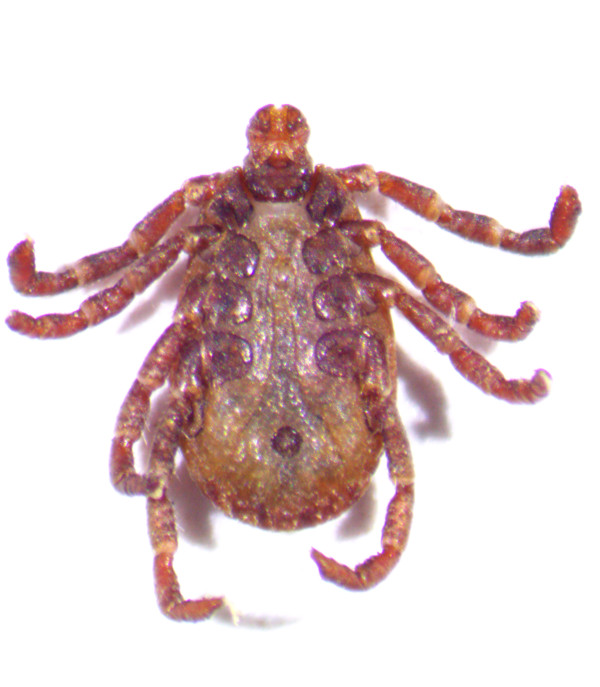



Monrovia Canyon Ticks Oak Crest




Pacific Coast Tick Dermacentor Occidentalis Ticks Usuall Flickr




Ixodes Pacificus Wikipedia




Colorado Tick Borne Disease Awareness Association Cotbdaa Education Prevention Research And Advocacy Pacific Coast Tick
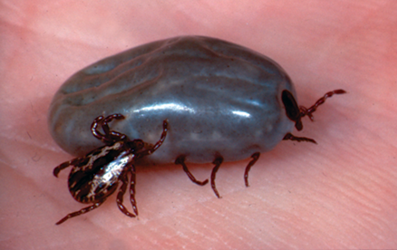



Tick Id Tick Identification Identify Ticks Corky S Pest Control




Ticks Sutter Yuba Mosquito Vector Control District




Common Ticks Of San Mateo County San Mateo County Mosquito And Vector Control District



Beware Of Ticks Here S How To Identify 6 Species Silive Com




Pacific Coast Tick Dermacentor Occidentalis With Maybe Flickr
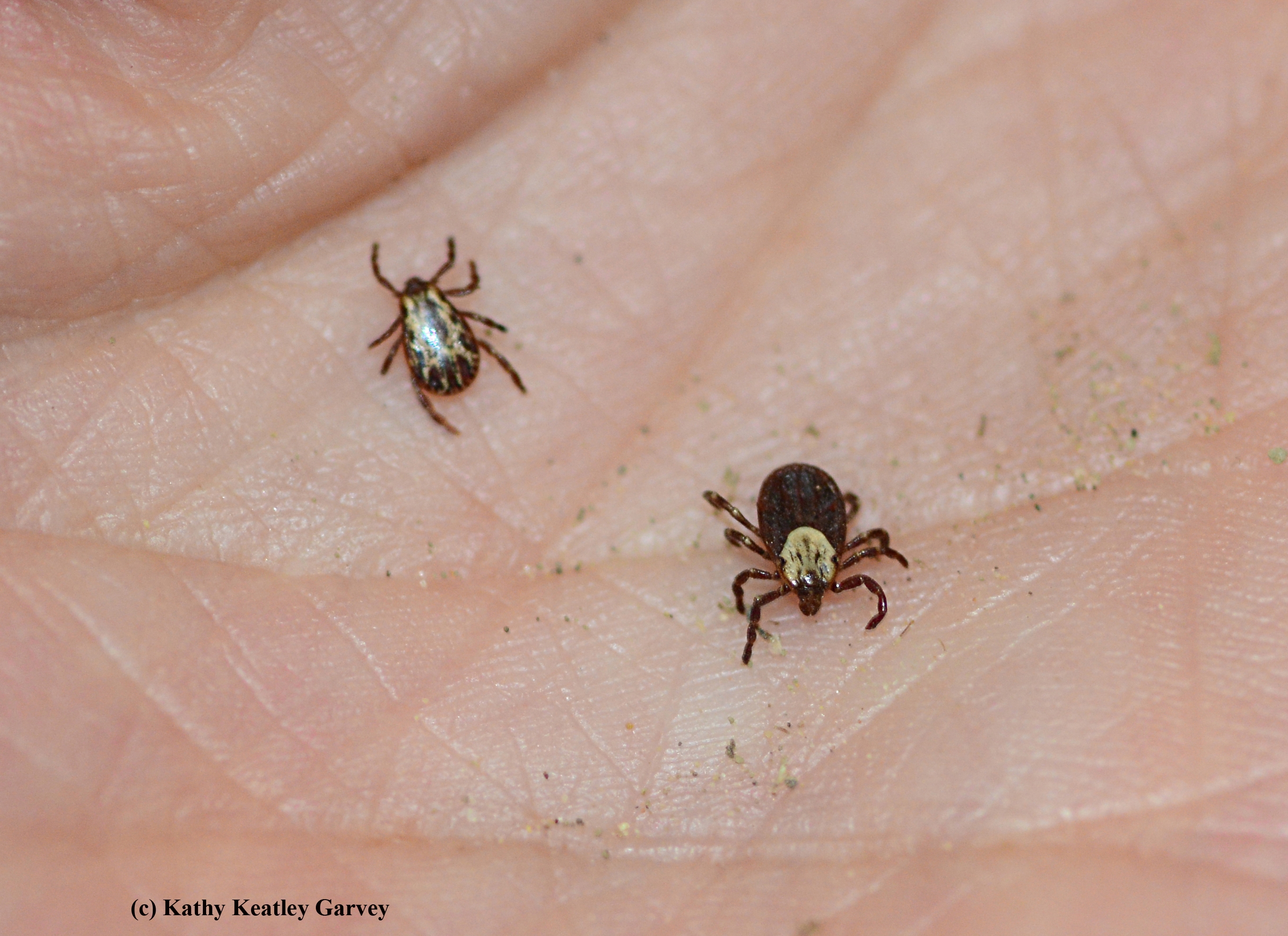



Those Amazing Ticks And How Hungry Ticks Work Harder To Find You Bug Squad Anr Blogs




Tick Identification Guide And Size Chart Test Ticks By Nj Labs



Archive California Agriculture



Lone Star
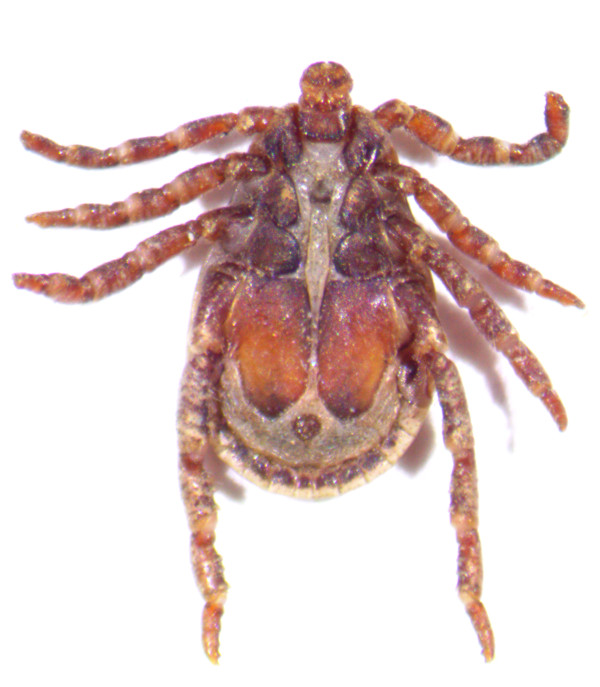



Monrovia Canyon Ticks Oak Crest



Plos Neglected Tropical Diseases The Eco Epidemiology Of Pacific Coast Tick Fever In California




Pacific Coast Tick The Nature Niche




Tick Identification Thermacell Repellents
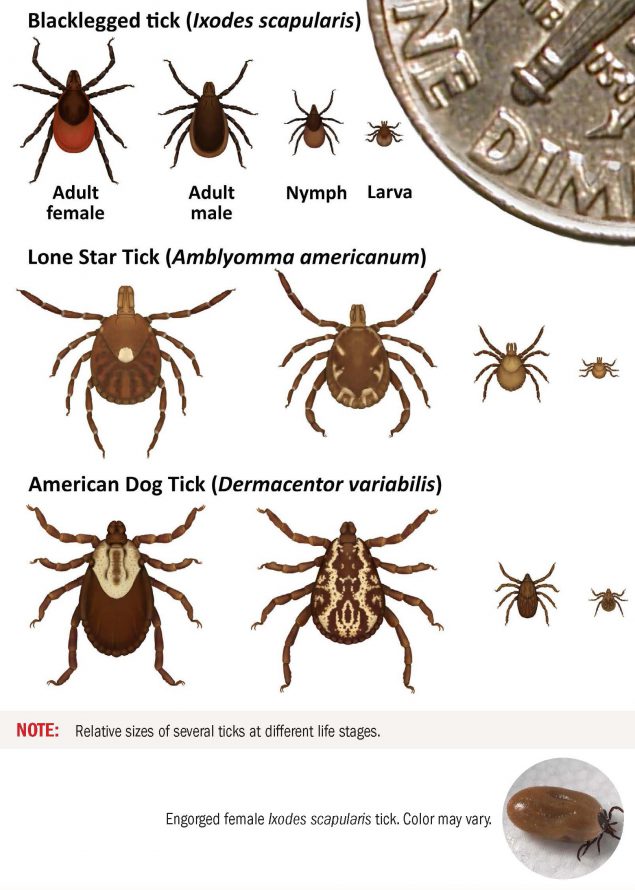



Tick Id Tick Borne Diseases Ticks Cdc



Pacific Coast Tick Dermacentor Occidentalis Male
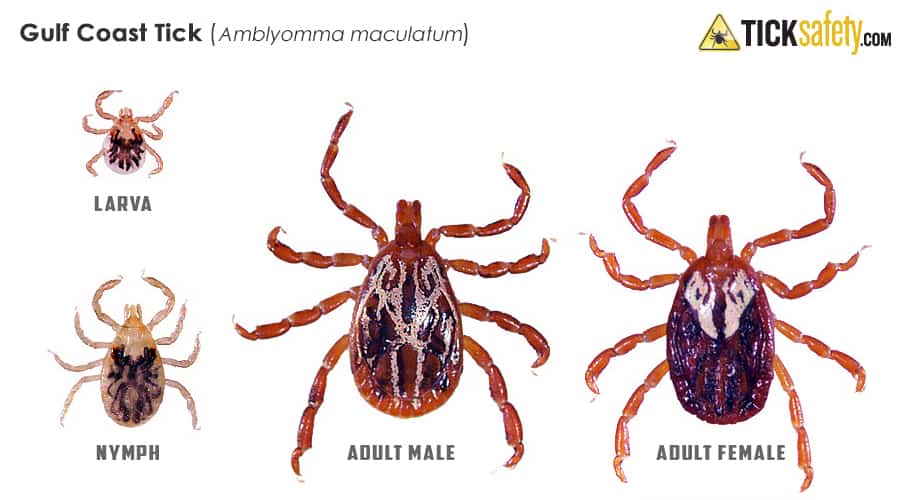



Gulf Coast Tick Amblyomma Maculatum Ticksafety Com
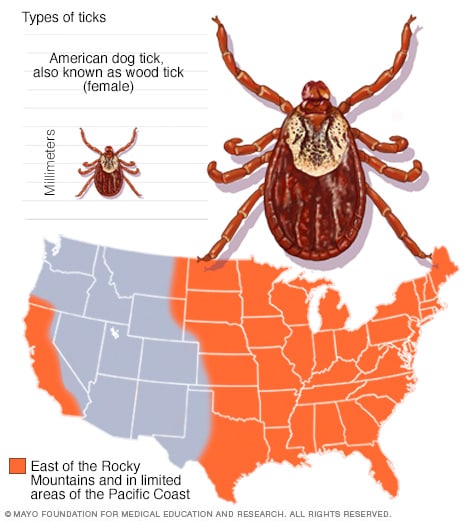



Slide Show Guide To Different Tick Species And The Diseases They Carry Mayo Clinic



Bsa Camp Rancho Los Mochos Pacific Coast Tick Dermacentor Occidentalis



Male Pacific Coast Tick Foothill Sierra Pest Control
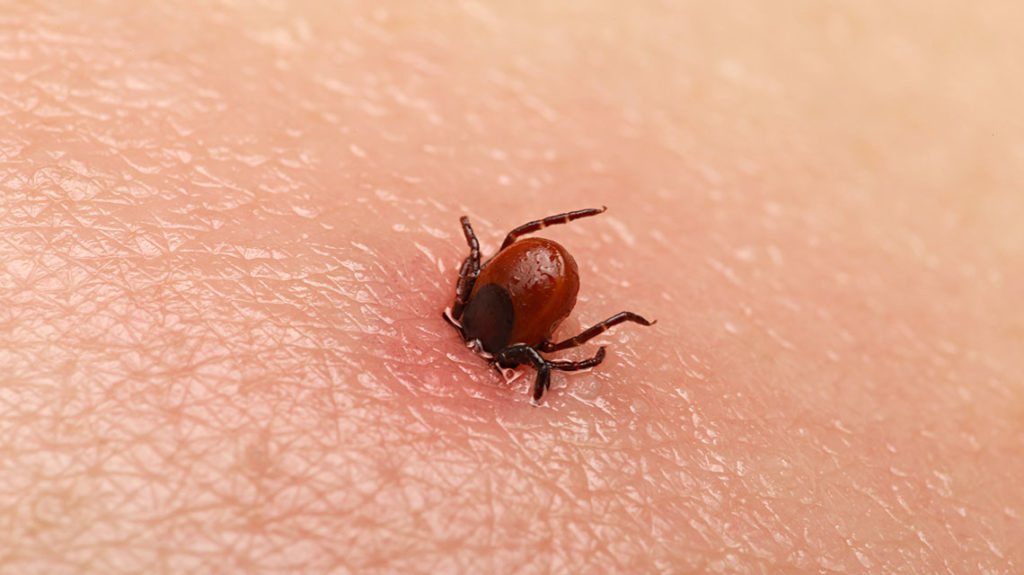



What You Need To Know About Tick Borne Diseases Pediatrics Nationwide




Top 5 Western Cities For Lyme Disease Western Exterminator Blog




How To Avoid Ticks And What To Do If You Get Bitten Shots Health News Npr




Tick Id Tick Borne Diseases Ticks Cdc




Lions And Tigers And Ticks Oh My Ojai Southern California Herb Walks With Lanny Kaufer
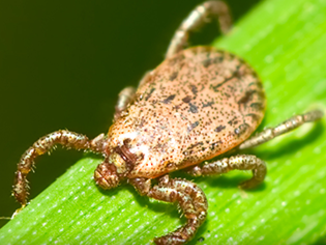



Pacific Coast Tick Corky S Pest Control Services Termite Services In San Diego Los Angeles Pest Control Riverside Pest Control
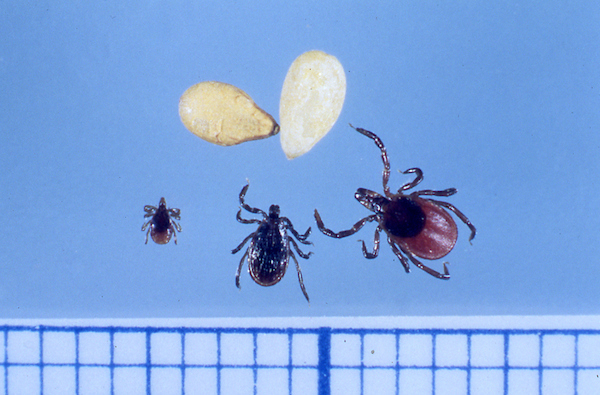



Tick Photos What Do Deer Ticks Other Ticks Look Like Lyme Disease Association
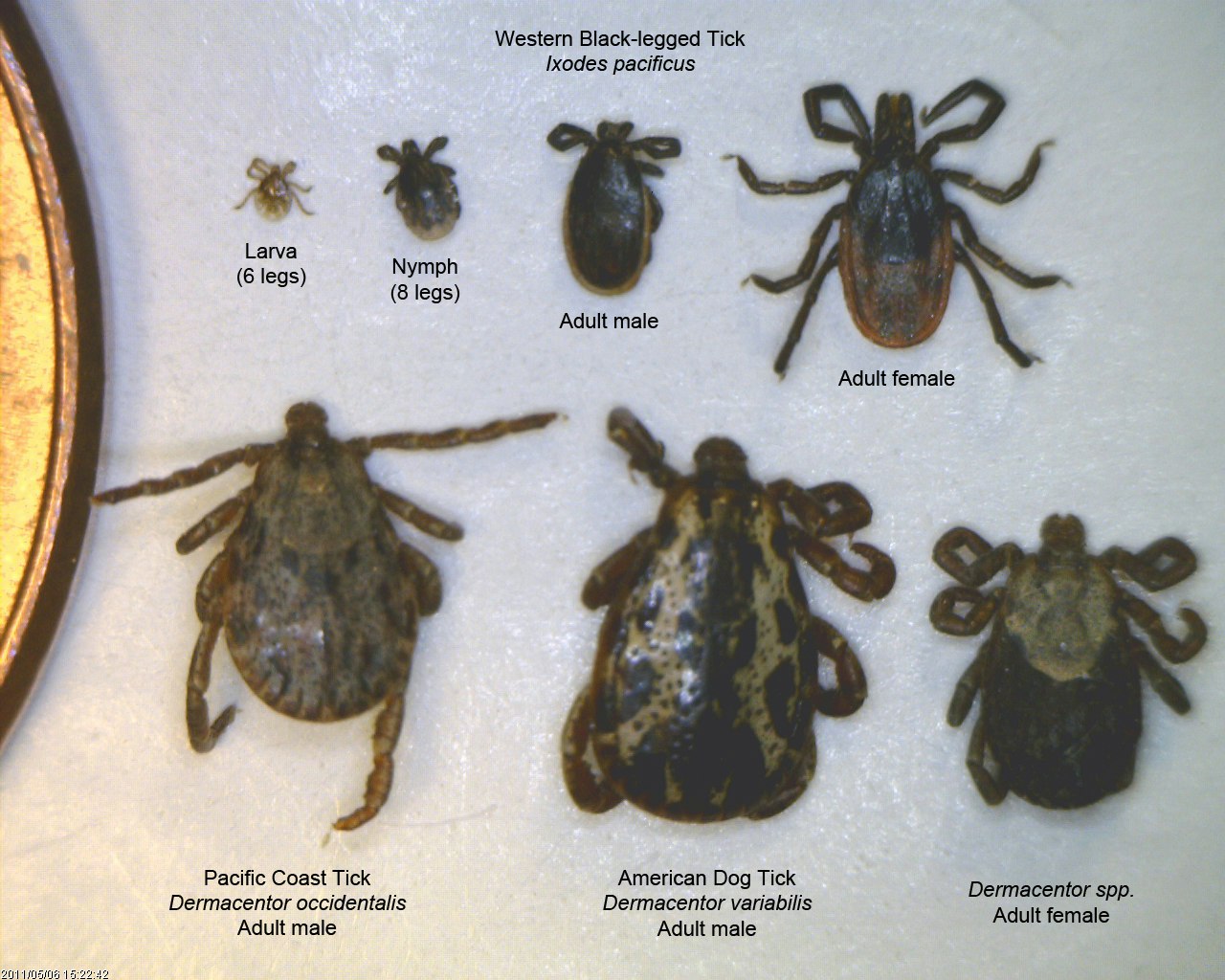



Ticks Marin Sonoma Mosquito And Vector Control District



2




Tick In The Grass Maybe A Pacific Coast Tick Dermacento Flickr



Male Pacific Coast Tick Foothill Sierra Pest Control




Common Ticks Of San Mateo County San Mateo County Mosquito And Vector Control District




Ticks




It S Tick Season Prevent Contact Know The Signs And Symptoms Here For Life
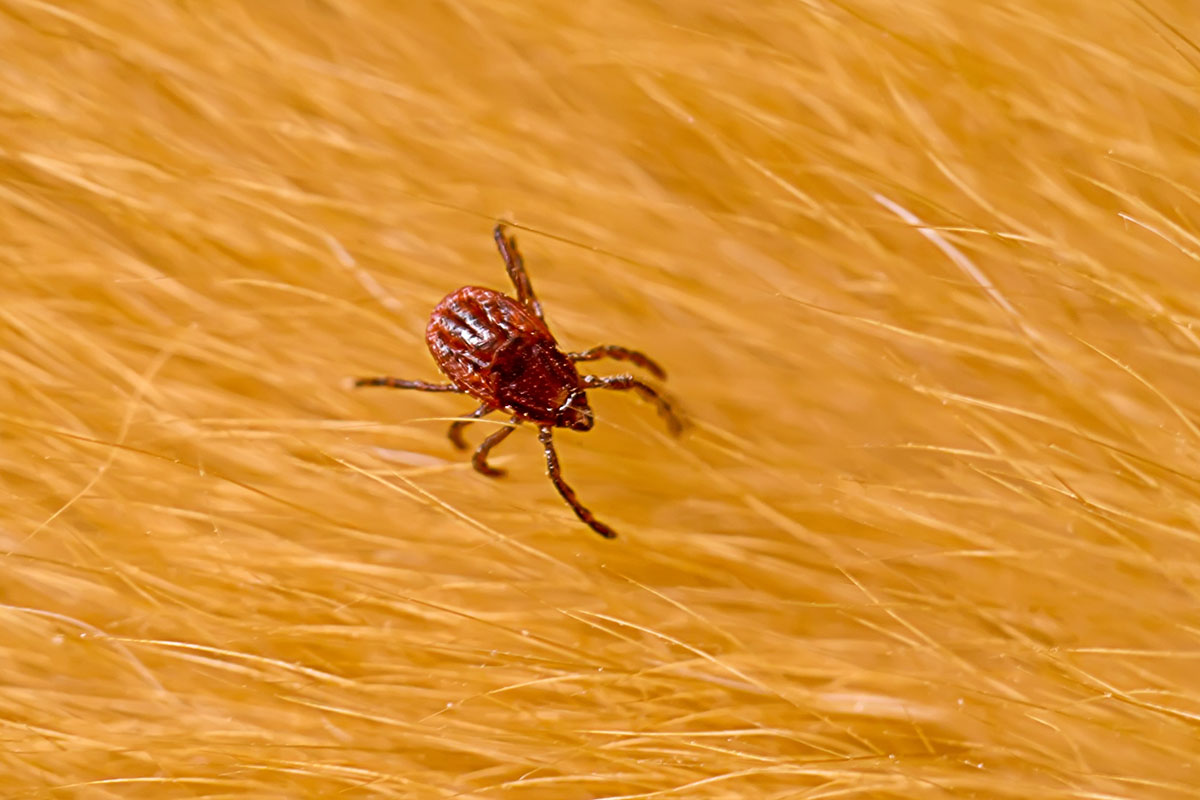



Ticks In California La West Vector




Get To Know Your Backyard Ticks




Adult Female Left And Adult Male Right Pacific Coast Tick Download Scientific Diagram
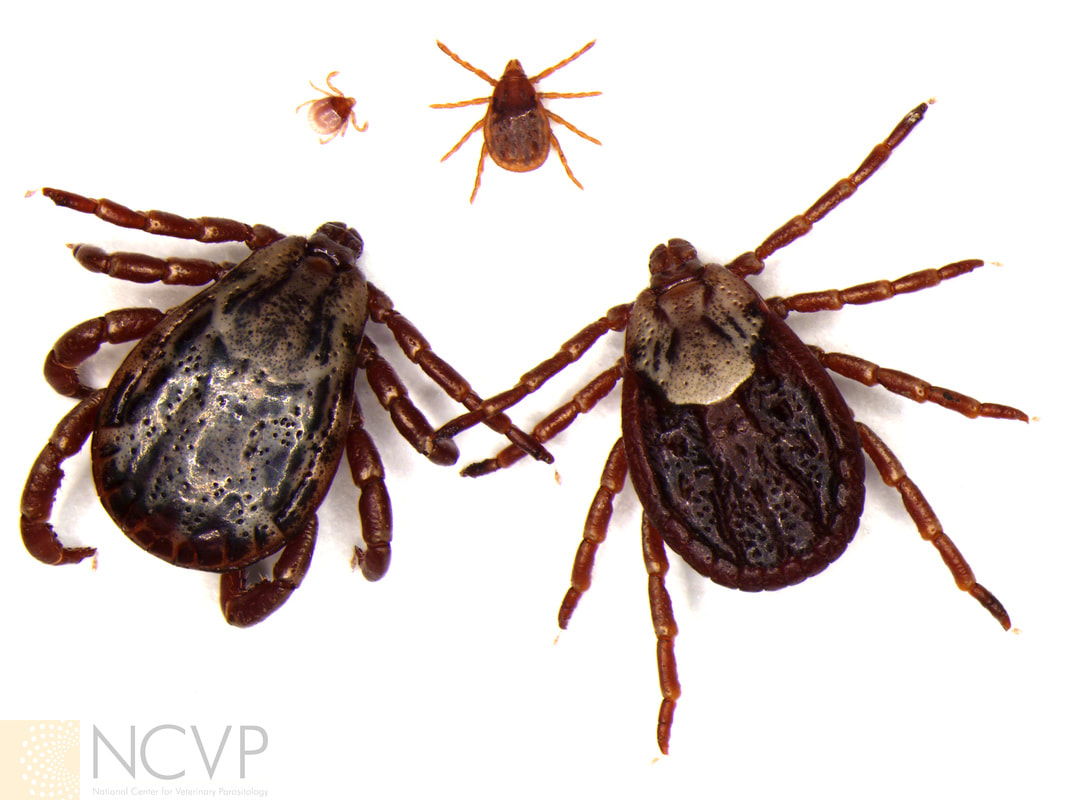



Ticks National Center For Veterinary Parasitology



2
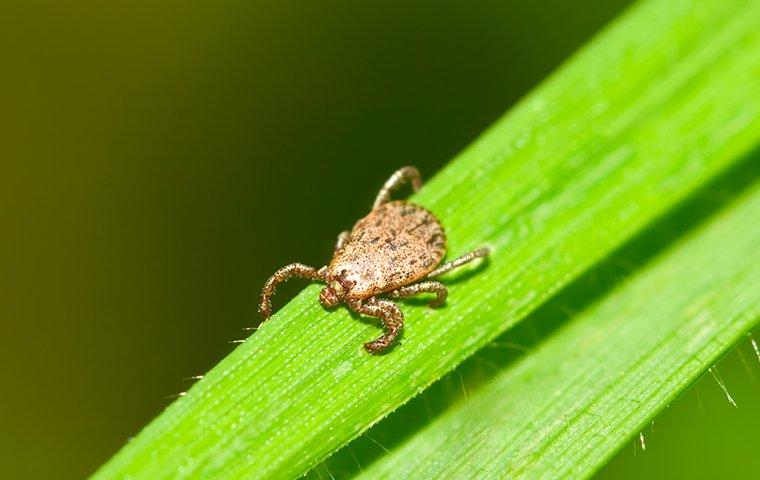



What Sacramento Property Owners Ought To Know About Effective Tick Control




Unknown Tick Pacific Coast Tick Dermacentor Occidentalis Bugguide Net
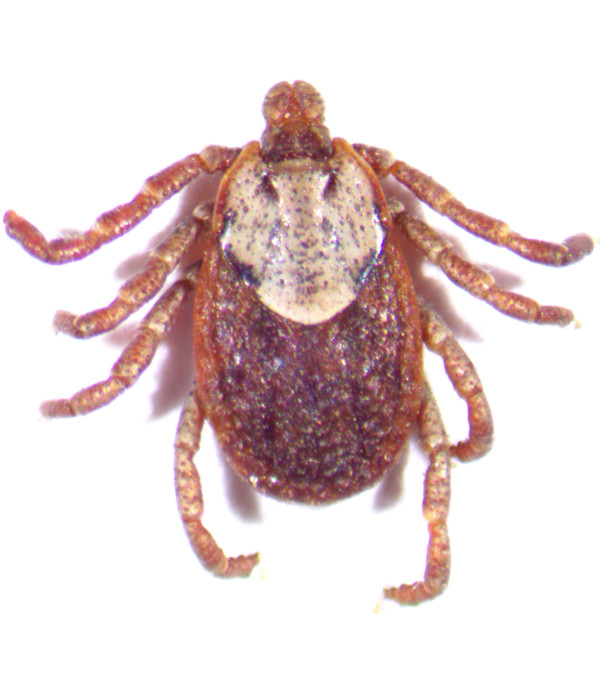



Monrovia Canyon Ticks Oak Crest



3




Puente Hills Nature What Makes Them Tick By Bo Gould Intern
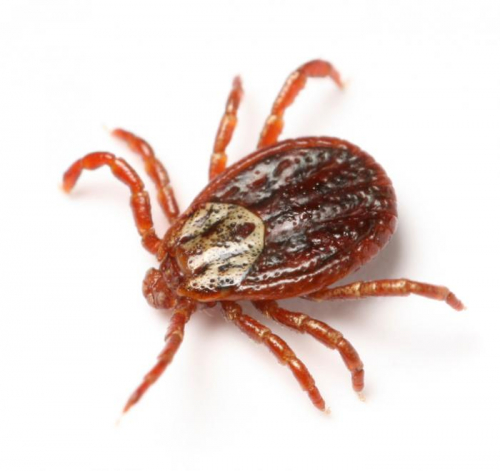



Ticks Deschutes County Oregon




Pacific Coast Tick Dermacentor Occidentalis Acari Ixodidae
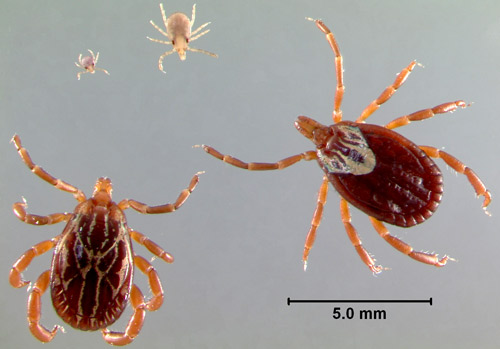



Gulf Coast Tick Amblyomma Maculatum Koch
コメント
コメントを投稿